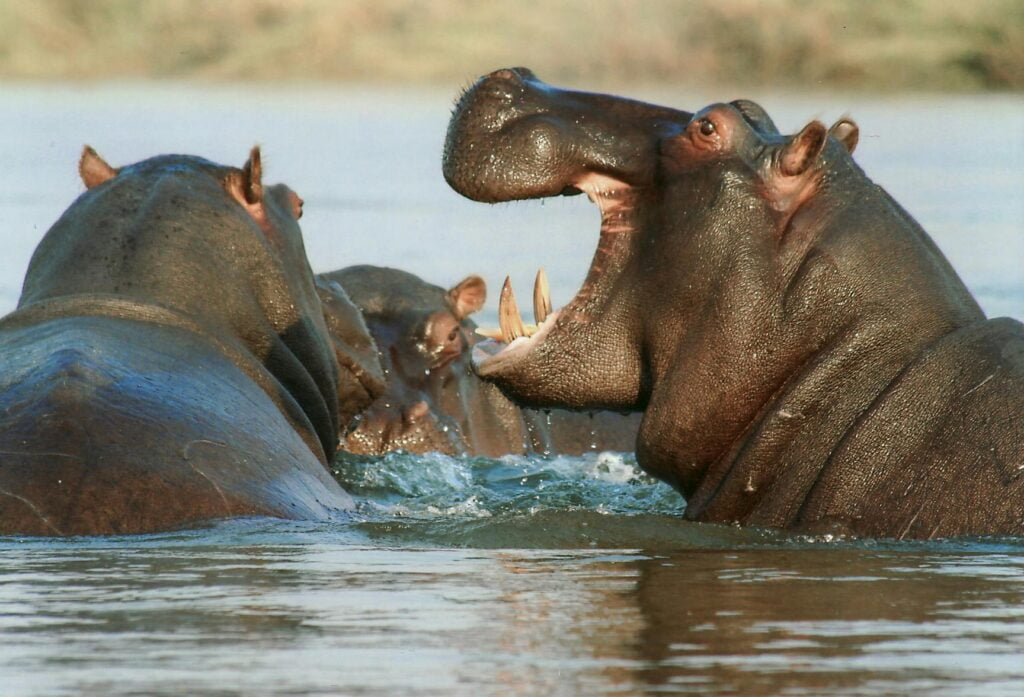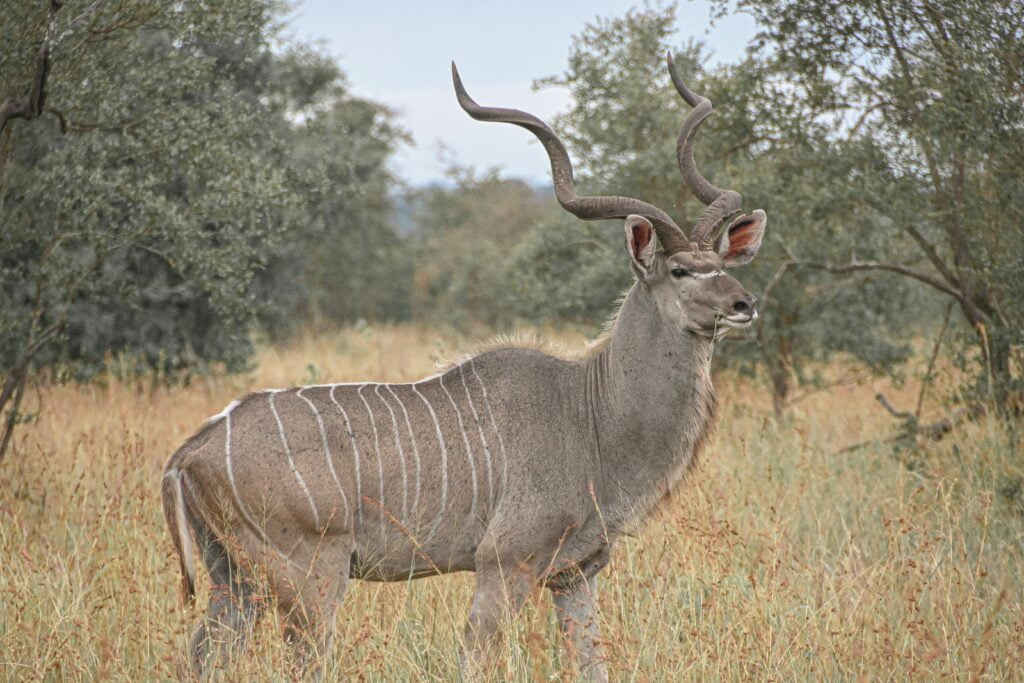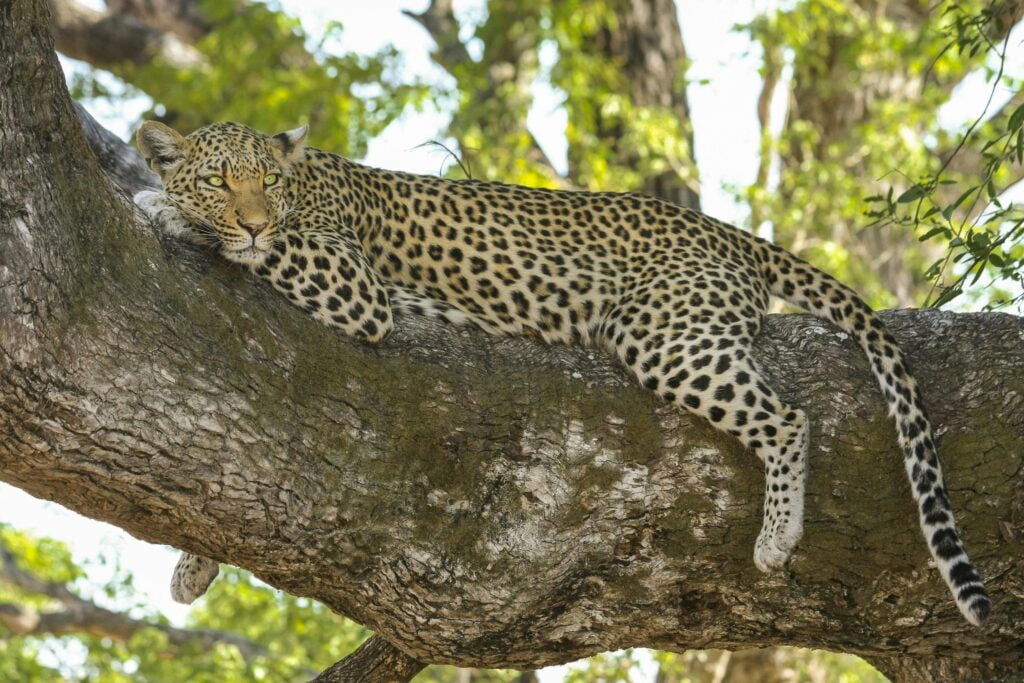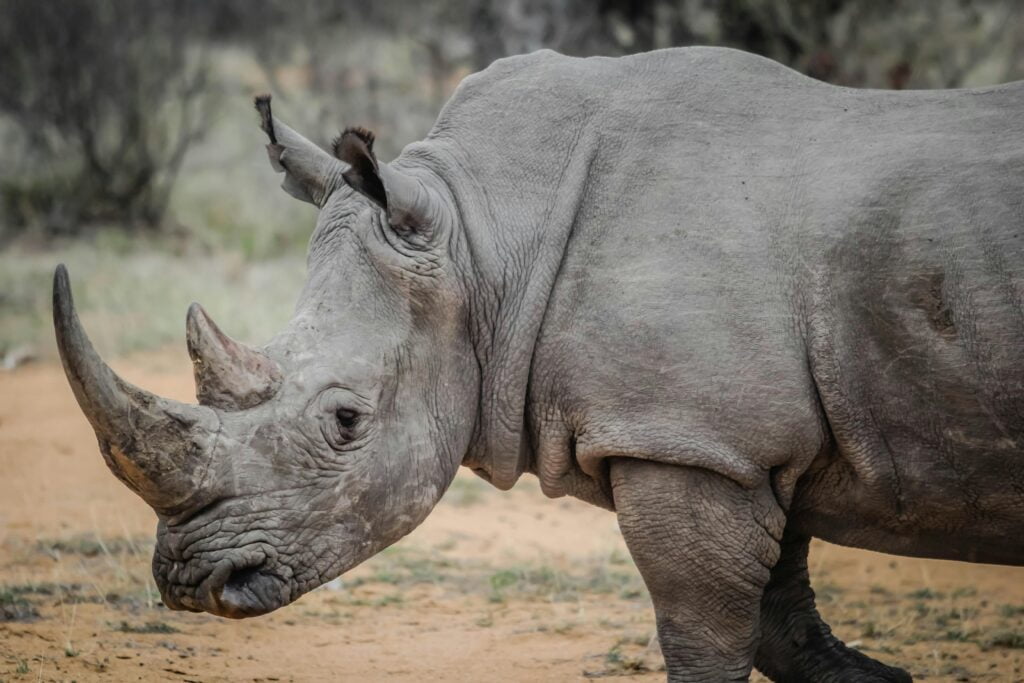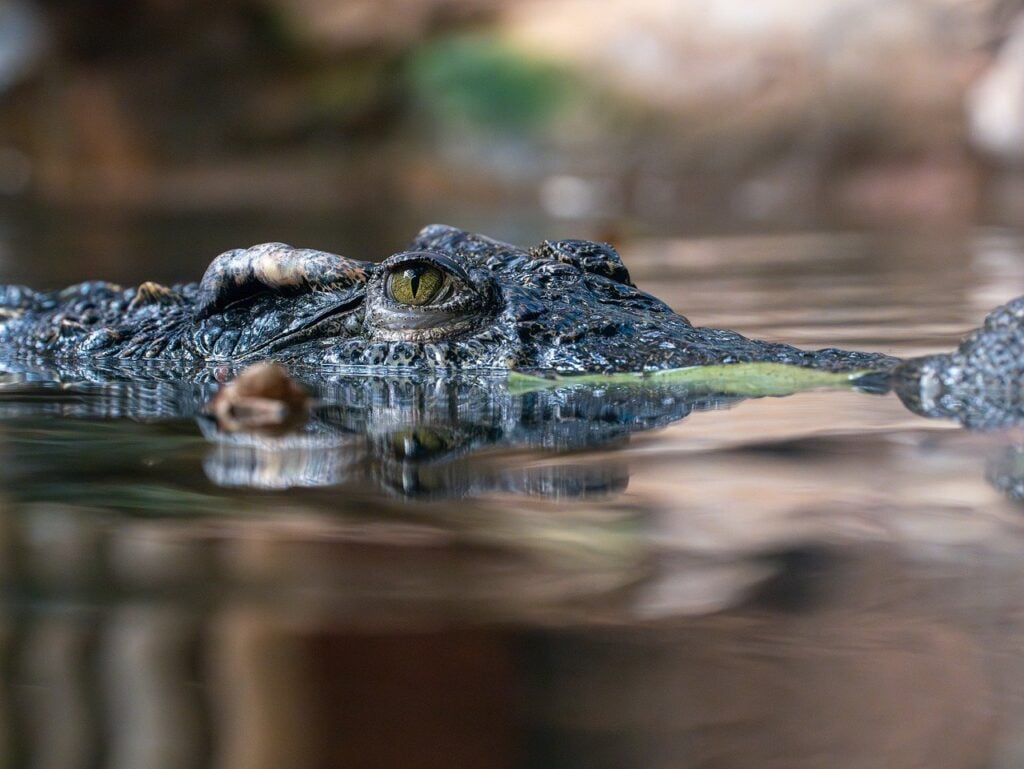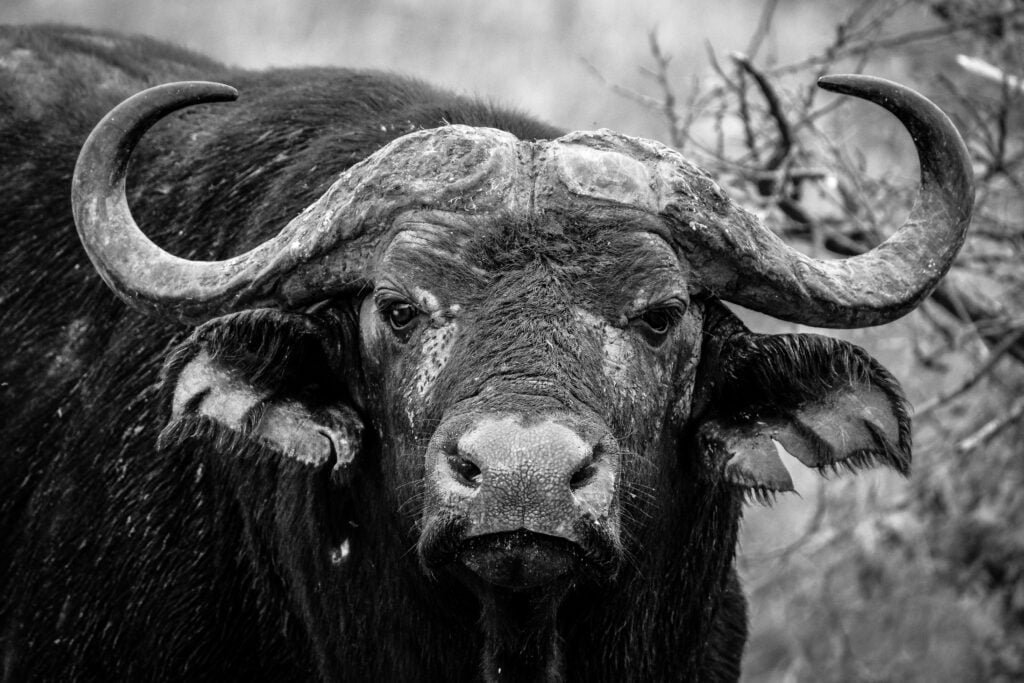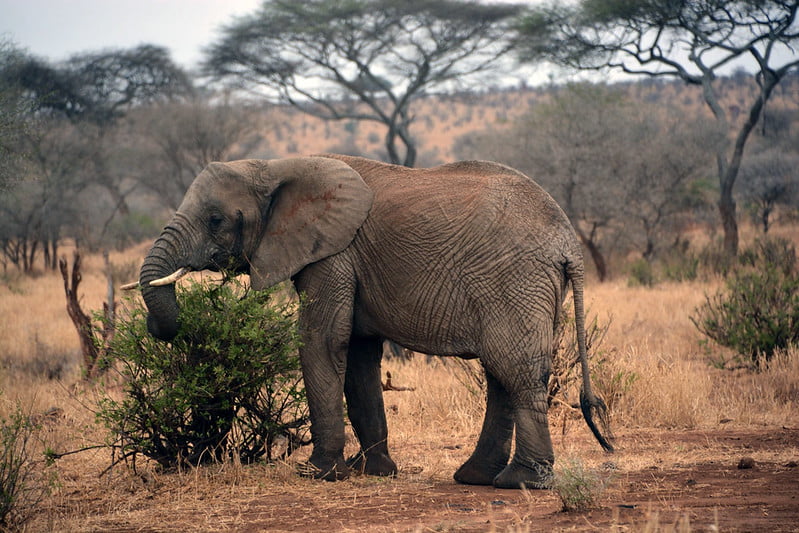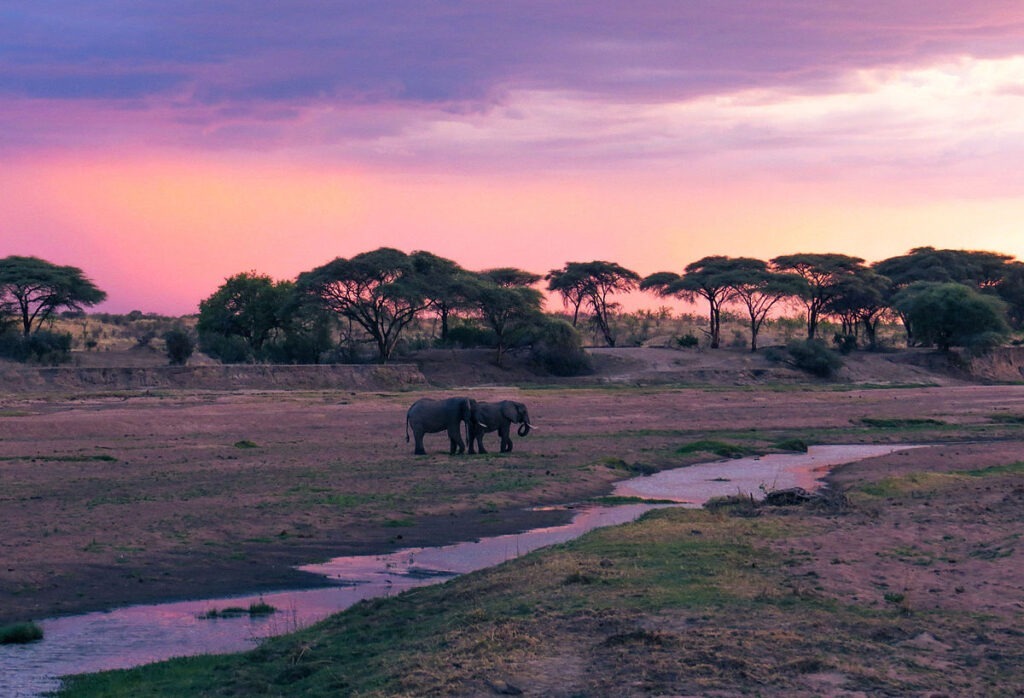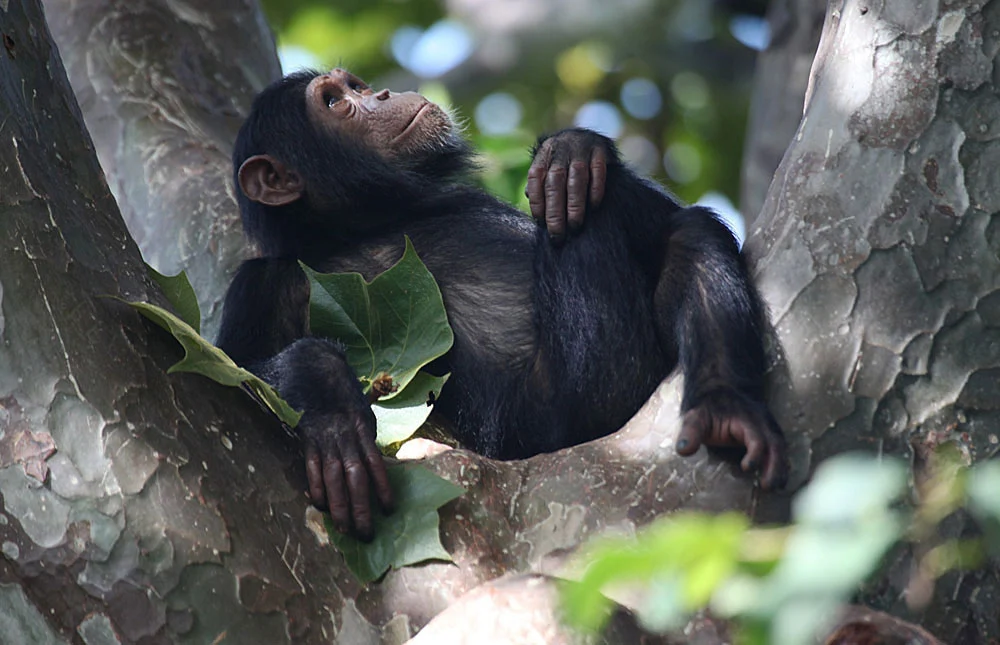Fascinating Facts About Hippopotamus
Known for their impressive size and semi-aquatic lifestyle, hippos play a crucial role in Tanzania’s vibrant ecosystems. Here are some intriguing facts about hippopotamuses in Tanzania that will enhance your safari experience. Majestic Giants of the Waterways Size and Appearance: Hippopotamuses, or hippos (Hippopotamus amphibius), are among Africa’s largest mammals. Adult males can weigh up to 1,500 pounds, while females are slightly smaller. Their barrel-shaped bodies and nearly hairless, thick skin help them stay cool in the water. Aquatic Lifestyle: Hippos spend up to 16 hours a day submerged in water to keep their bodies cool under the scorching African sun. They are excellent swimmers and can move swiftly through water using their powerful legs. Social Structure and Behavior Social Groups: Hippos are highly social animals, typically found in groups called pods, which can consist of up to 30 individuals. These pods usually include females, their young, and a few dominant males. Territorial Males: Dominant males establish territories in the water and fiercely defend them against rivals to secure access to females. Their territorial behavior helps maintain social order within the pod. Diet and Feeding Habits Herbivorous Diet: Despite their massive size, hippos are herbivores. They graze on grasses during the night, traveling up to 16 kilometers from water sources to find food. Efficient Grazers: A single hippo can consume up to 80 kilograms of grass each night. Their feeding helps maintain the grassland ecosystems, promoting biodiversity. Unique Adaptations Natural Sunscreen: Hippos secrete a reddish oily substance often referred to as “blood sweat.” This secretion acts as a natural sunscreen and has antimicrobial properties to protect their skin from infections. Eyes and Nostrils High Up: Positioned high on their heads, hippos can see and breathe while mostly submerged, allowing them to stay alert to their surroundings without fully emerging from the water. Conservation Status and Efforts Vulnerable Species: The African hippopotamus is listed as Vulnerable by the IUCN due to threats from habitat loss, poaching, and human-wildlife conflict. Protective Measures: In Tanzania, conservation efforts focus on protecting hippo habitats in national parks like Serengeti, Tarangire, and Nyerere (formerly Selous). Anti-poaching patrols and community engagement programs are crucial in safeguarding these magnificent creatures. Tips for Spotting Hippos on Safari Best Time to Visit: Early morning and late afternoon are ideal for spotting hippos, as they are most active during these cooler parts of the day. Optimal Locations: National parks such as Serengeti, Tarangire, Lake Manyara, and Nyerere are prime spots for hippo sightings. These areas offer extensive waterways where hippos thrive. Guided Boat Safaris: Join a guided boat safari to observe hippos from a safe distance. Experienced guides can help you spot hippos and provide fascinating insights into their behavior. Experience the Majesty of Hippos with Future African Safari Encountering hippos on your Tanzanian safari offers a glimpse into the dynamic and resilient nature of Africa’s wildlife. At Future African Safari, we are dedicated to providing safe, responsible, and unforgettable safari experiences that allow you to witness these incredible creatures up close while supporting vital conservation efforts. Ready to meet Tanzania’s mighty hippopotamus? Contact Future African Safari today to plan your Tanzanian safari and embark on an adventure that celebrates the strength and beauty of Africa’s aquatic giants. Explore more about our safari packages and discover the best of Tanzania with Future African Safari. Your unforgettable African adventure starts here. Kilimanjaro 3 tours Safari 9 tours Zanzibar 3 tours

